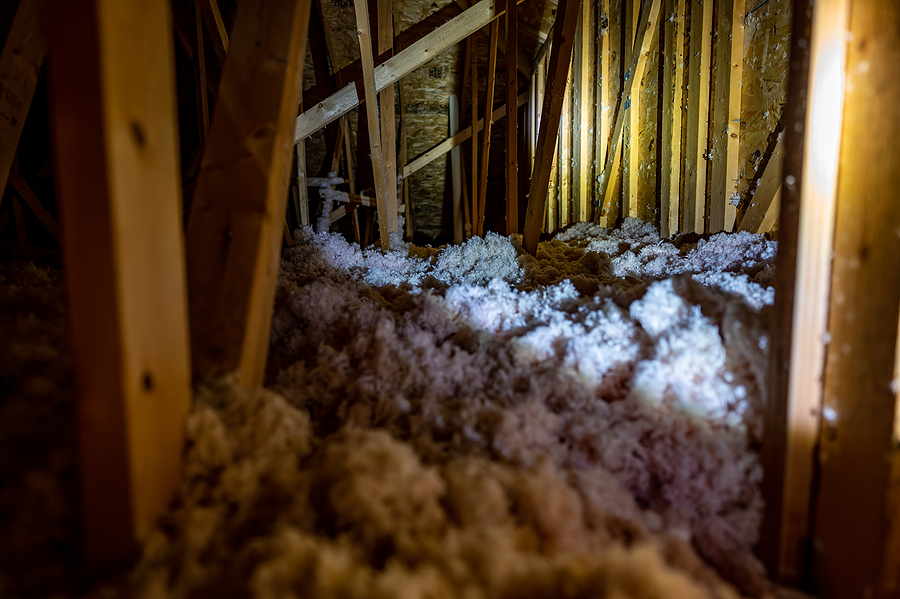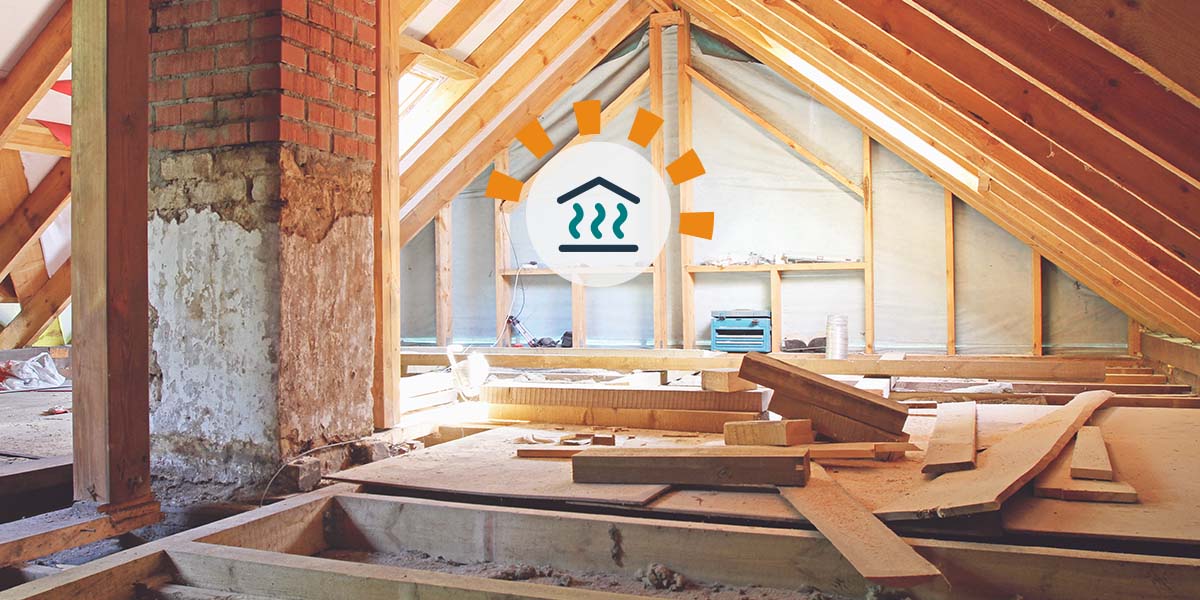Conserve Money and Enhance Convenience with Professional Attic Insulation DFW
Wiki Article
Discover the Various Sorts Of Attic Insulation and Their Distinct Benefits for Your Home's Power Performance

Fiberglass Insulation
Fiberglass insulation is one of the most typically utilized materials for attic room insulation because of its exceptional thermal performance and cost-effectiveness. Composed of small glass fibers, this product properly catches air, developing a protecting obstacle that helps preserve regular indoor temperature levels. Its high R-value per inch makes it particularly reliable at standing up to warmth transfer, which is vital for power preservation in homes.
Installation of fiberglass insulation is relatively uncomplicated, typically offered in batts or loose-fill forms, accommodating numerous attic setups. In addition, it is non-combustible and resistant to wetness, lowering the danger of mold and mildew development. This sturdiness contributes to its long life, making fiberglass a viable long-lasting financial investment for property owners.
In addition, fiberglass insulation is typically manufactured from recycled materials, which enhances its eco-friendliness. The product can likewise add to soundproofing, minimizing noise transfer in between spaces. While it is vital to put on safety gear during installment to prevent irritability from the fibers, the general advantages of fiberglass insulation, consisting of energy savings and environmental factors to consider, make it a preferred option for improving attic room performance and advertising a comfortable living atmosphere.
Spray Foam Insulation
Spray foam insulation is a very effective alternative for attic room insulation, known for its premium air sealing and thermal efficiency. This cutting-edge insulation product is composed of a combination of isocyanate and polyol resin, which, when integrated, expands swiftly to fill spaces and dental caries in the attic space. Its capacity to follow various surfaces guarantees a continuous obstacle versus air leaks, considerably minimizing warmth loss throughout chillier months and heat gain during warmer seasons.One of the key advantages of spray foam insulation is its high R-value per inch, which suggests it supplies excellent thermal resistance in a reasonably slim application. This is particularly beneficial in attic rooms where room is frequently limited. Additionally, spray foam can aid decrease wetness buildup, lowering the risk of mold and mildew growth, which can be damaging to both the structure and interior air quality.
While the initial price of spray foam insulation may be more than conventional options, its long-lasting energy financial savings, combined with increased comfort and improved home value, make it a rewarding investment for home owners seeking enhanced power efficiency. Attic Insulation DFW. In general, spray foam insulation stands out as an efficient service for maximizing attic insulation
Cellulose Insulation

Cellulose insulation is a preferred option for attic room insulation, largely made up of recycled paper items treated with fire retardants. This eco-friendly choice is recognized for its excellent thermal performance, effectively lowering warm transfer in both summer and winter season. The thick composition of cellulose permits it to fill voids and spaces in attic rooms, supplying a seamless barrier against air leakages.
One of the significant advantages of cellulose insulation is its ability to stand up to mold and mildew and insects, owing to the fire retardant treatments utilized throughout manufacturing. In addition, it flaunts a high R-value per inch, which translates right into superior energy performance. Property owners can anticipate lower heating & cooling prices as an outcome of boosted insulation.
Setup is normally completed via blowing loosened cellulose right into the wanted location, allowing for a quick and effective procedure. This method likewise decreases disturbance to the existing structure. Cellulose insulation has a relatively low ecological influence, as its production process makes use of recycled materials, contributing to lasting building practices.
Rock Woollen Insulation
Amongst the different alternatives for attic insulation, rock wool, also called mineral woollen, sticks out as a result of its impressive thermal and acoustic performance. Made from recycled or all-natural materials, rock wool is created by melting rock and spinning it into fibers, leading to an item that uses More hints exceptional insulation homes.One of the substantial advantages of rock woollen insulation is its high R-value, this which shows its effectiveness in standing up to heat flow. This particular not only improves power effectiveness however additionally contributes to keeping a comfy indoor temperature level year-round. In addition, rock woollen is naturally fireproof, making it a safer option for homes as it can stand up to high temperature levels without melting or releasing harmful fumes.
Moreover, rock woollen insulation excels in soundproofing capacities, efficiently lowering noise transmission in between areas and from outside sources. This makes it a suitable choice for property owners seeking a tranquil living setting. Rock woollen is moisture-resistant, helping to prevent mold growth and preserving the structural stability of the attic room area. In general, rock woollen insulation supplies an extensive remedy for improving power performance, security, and comfort in property settings.
Radiant Barrier Insulation
Radiant obstacle insulation acts as an efficient service for reducing warmth transfer in attics, especially in warmer climates. This type of insulation works by mirroring induction heat far from living rooms, thereby lowering the quantity of warm that goes into a home during heat - Attic Insulation DFW. Typically composed of a highly reflective product, such as light weight aluminum foil, radiant barriers are set up in attic rooms, facing the roofing, where they can intercept inbound warmth from the sunThe main benefit of radiant obstacle insulation is its capacity to lower cooling costs. By mirroring warm as opposed to absorbing it, glowing obstacles can assist maintain a much more secure indoor temperature, minimizing the workload on cooling systems. This performance equates into lower power expenses and boosted convenience for home owners.
Along with power financial savings, glowing obstacles can also add to improved indoor air top quality. By decreasing warmth accumulation, they assist minimize moisture degrees, which can stop mold growth and enhance total air circulation. When installed correctly, radiant barrier insulation can be an important enhancement to any energy-efficient home, making it a worthy this hyperlink consideration for home owners looking to boost their attic insulation approach.
Final Thought
In conclusion, recognizing the numerous kinds of attic room insulation-- fiberglass, spray foam, cellulose, rock woollen, and radiant obstacles-- makes it possible for house owners to make informed choices pertaining to power performance. By choosing the proper insulation product, substantial decreases in energy prices can be accomplished, along with enhancements in interior convenience.

In verdict, recognizing the different types of attic room insulation-- fiberglass, spray foam, cellulose, rock wool, and radiant obstacles-- makes it possible for home owners to make educated decisions regarding energy efficiency.
Report this wiki page